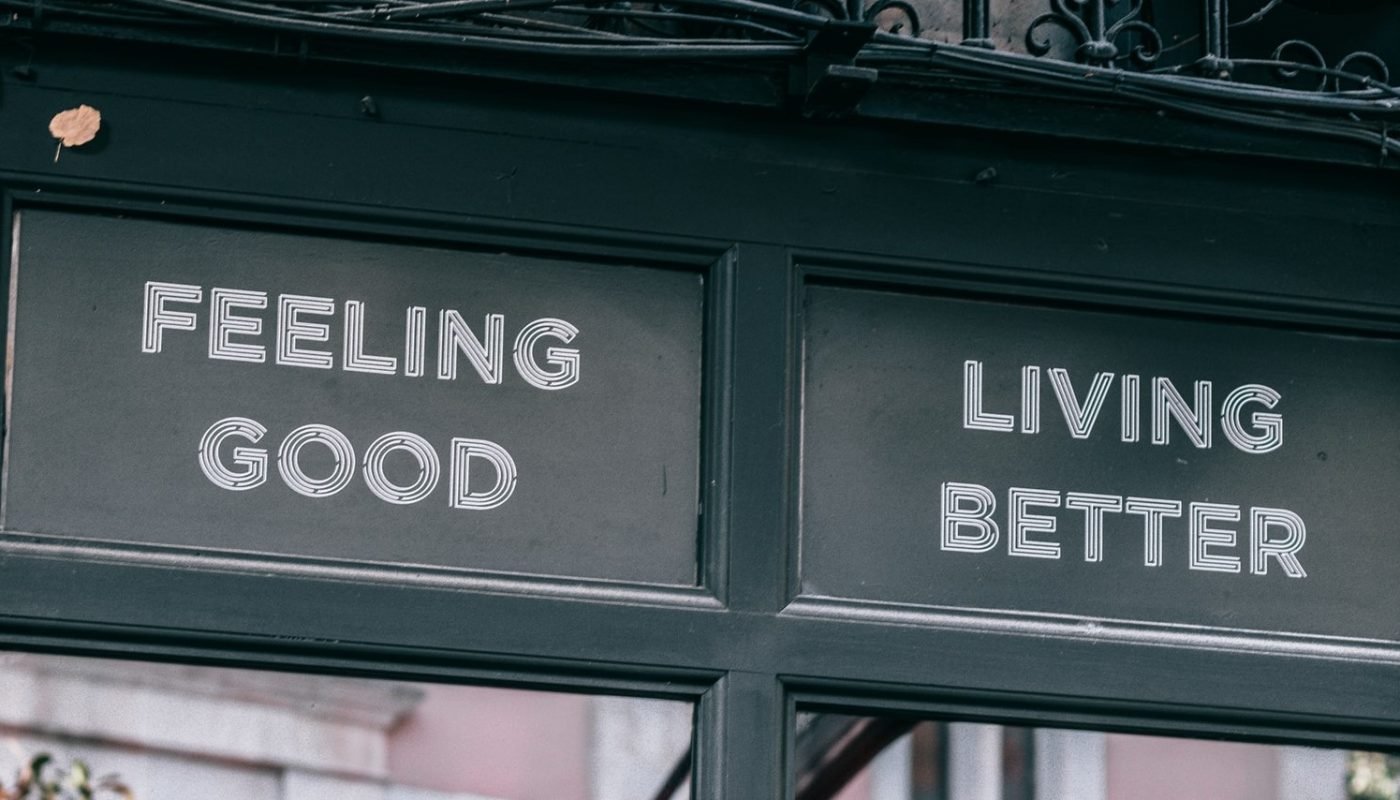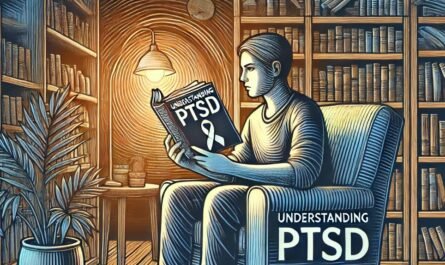If you’re one of the many people who suffer from depression, depressive-like diagnoses (bipolar, dysthymia, schizoaffective), have subthreshold depression, or just feel down in the dumps because life sometimes sucks, then you’re probably looking for a way out. You feel like your body is weighed down and it’s hard to do anything. You’ve said no to so many invitations from friends and colleagues to go out. Even things that made you happy aren’t sparking the smallest amount of joy.
According to Johns Hopkins, around 9.5% of Americans suffer from depressive-like diagnoses. That’s a staggering number. The best thing I can suggest is to get treatment right now. Maybe you’re trying that already and looking for some more information, or maybe you’re unsure if depression therapy techniques can help.
Today I’m going to cover one of the most common techniques used for depression. It’s called behavioral activation, and it’s going to kick depression on its butt so you can finally get out of bed again and move on with your life.
I’ll share what this technique is, why it’s different from just regular physical activity, how you can start doing it in your everyday life, how long it typically takes to feel a response, and I’ll even share some worksheets to help you.
As a short note before we start: every situation is unique. Behavioral activation is an evidence-based practice commonly used with CBT (and other modalities), but it won’t work for everyone. If you feel like this isn’t enough, or if your symptoms become worse for any reason, then please reach out for treatment. Reading articles, while helpful, does not replace the true treatment of a therapist or psychiatrist.
What is Behavioral Activation?
According to Markus B.T.Nyström and associates, behavioral activation and physical activity are both useful when practiced by those who are depressed, but it’s much more effective if you understand why you’re doing the activity.
In fact, the only group in this study that didn’t improve was those doing physical activity without any explanation. So, let’s start with psychoeducation and explain what behavioral activation is. Knowledge is power, and I want to arm you to the teeth against depression.
Behavioral Activation Definition
So, what exactly is behavioral activation? We’re going to give you a more clinical definition and then we’ll break it down so the non-therapists in the room can understand it too.
We find a great explanation in the same source above, it reads:
“Behavioral activation is, however, not a unitary concept; two of the most acknowledged and used models are Lewinsohns’s (1974) and Martell’s (2010). In Lewinsohn’s model, the focus is on identifying pleasant events and then increasing the frequency of these, resulting in a positive change in mood (Lewinsohn, 1974). In Martell’s model, a greater emphasis is placed on understanding one’s behavioral patterns and strategies, in order to be able to test new and more effective strategies to enhance one’s own mood (Martell et al., 2010).”
Let’s put that into easier language:
Behavioral activation comes in many flavors, but the main component is finding and doing pleasant activities more, or understanding your own behavioral patterns and using them to feel better.
This means that behavioral activation can be just about any behavior as long as it enhances your mood.
Behavioral Activation Activities
When I was a kid I loved building Gundam models. I would spend hours crafting them and then displaying them around my room. Now, I love to read and write. These are all examples of hobbies.
If you enjoy a hobby or have any interest in one, then behavioral activation can be aimed at reengaging and increasing how often you do them.
That’s just one example though. Any behavior that promotes better feelings is up for grabs, though we would want to limit behaviors that have negative consequences (substance use, excessive video game playing, etc).
A short list of behaviors you can engage in include:
- Hobbies (reading, writing, music, etc)
- Social Activities (going out with friends and loved ones, meeting new people)
- Physical (exercise, sports, joining a gym)
- Mental (learning a new skill, studying)
- Spiritual (going to a place of worship, connecting to your specific higher power, meditating)
- Hygiene (showering, brushing teeth, hair cuts)
The list goes on and on.
Now you might be wondering if this really works. Let’s take a look at the CBT cognitive triangle. This is composed of Thoughts-Feelings-Behaviors. Changing any of these can change the other two. Let’s say that you’re feeling low and you’re not really doing anything. Then it would look like this:
- Feelings: sad, lethargic
- Thoughts: I just don’t want to do anything, I don’t have enough energy to get up.
- Behavior: lay in bed or the couch, scroll through phone for hours.
Instead, behavioral activation has you change your behavior, which can affect the other two. The triangle will then look like this:
- Behavior: reading about a new skill
- Thoughts: I never knew this. This is really interesting.
- Feelings: engaged, curious
Now I don’t want to overpromise. Depression has a way of knocking you down, so your thoughts and feelings will probably come kicking and screaming when you try activating your target behavior. You might feel low because you really don’t want to go to the gym or see other people, and your thoughts might be that doing the behavior is stupid and pointless.
Keep at it. Some people find that it works immediately, others need a few times or even a few weeks until it kicks in. Some even need further proof. I suggest keeping a feelings log to jot down how the behavior is affecting your mood. This can help prove to yourself that it’s really working.
How is Behavioral Activation Different From Physical Activity?
At this point it might sound like behavioral activation is the same as getting out of bed and doing physical activity. That’s not a bad thing to be honest. Many people with depression argue that getting out of bed and exercising, going for a walk, or any other physical activity won’t help.
And yes, I was one of them, so if that’s you, then I get where you’re coming from.
First of all, I want to highlight the study again that I pulled from above. Though physical activity without any treatment rationale wasn’t that effective in helping clients, physical activity with treatment rationale was about as effective as behavioral activation and it was also similar to antidepressants.
In fact, many people (depressed and not depressed) tend to downplay the importance of movement.
Major Differences
This is what I call a squares-rectangles conversation. Maybe you remember this from school. You were first learning about shapes and then your teacher said that every square is a rectangle, but not every rectangle is a square.
Physical activity can be part of behavioral activation, but it’s not behavioral activation in its entirety. There are a few differences I want to highlight.
Physical activity is just that: physical. This includes exercise, sports, walking, running, and more. Physical activity also tends to be more random. You might run one day and then play basketball the next. Neither of these are necessarily bad, but they are differences.
Behavioral activation is nearly any type of behavior, as we explained above. It also tends to be more planned and regimented as you should develop a goal and steps to reach that goal (as I will explain soon). It can work as well if done in a random sense, but not as well and not as intended.
How to Do Behavioral Activation at Home
We’re going to get into some more clinical work here, but I promise it’s easy. The hardest part is setting a goal. Once you do that, the rest is easy.
According to VeryWellMind, it’s best to have a specific goal in mind. I think it’s best to have one big goal at the end and smaller weekly or daily goals that you can reasonably reach right now.
For example, maybe your goal is to run a 5K, or maybe it’s to read one book a week for the entire year. Those are amazing goals! But, are they doable right now at your current state?
Behavioral Activation Goal Setting
Most of us (again, including me!) will need some smaller, more manageable goals to get where we want to go. There are some other reasons for this as well.
We need something that we can immediately overcome. Focusing on a goal that will take a year or more to accomplish is tough when we can barely get out of bed. Plus, we need something we can do today. Not weeks or months from now, but a plan that we can implement right now.
So let’s keep the other two goals in mind: run a 5K and read one book every week for a year.
For the 5K run, a good goal would be to walk, jog, or run (depending on your fitness level), at least 3-5 times this week for 15 minutes. Adjust the time as well based on your fitness level.
For the reading goal, work on reading for 15 minutes each day. In order to reach your main goal, you will want to expand this once you feel comfortable.
In terms of the therapeutic goal, you will notice that you feel better from doing these behaviors and you will continue to engage in them. This will then radiate throughout the rest of your life and make it easier to get out of bed, engage in other activities, and resume social connections.
Helpful Behavioral Activation Worksheets
If you’ve ever attended therapy (especially with a CBT or DBT therapist) then you know that we love worksheets. So let me share a few that I think will be particularly helpful with this.
- Weekly Schedule for Behavioral Activation
- Positive Activities for Behavioral Activation: helps you track if behaviors are affecting your mood and how difficult it was to perform the activity
- Behavioral Activation Guide
- Activity List for Kids
- Activity List for Adults
- Building New Habits Tips
Please let me know which ones you find most helpful, and let me know if you find any other ones that you like. I might add them to the list.
Final Thoughts
Behavioral activation is one of the best weapons we have against depression. It’s fairly easy to start, works seamlessly with the CBT cognitive triangle, has been thoroughly researched, and works for many clients. While every situation is unique and I can’t promise this is a one-size-fits-all technique, many people with depression and depressive symptoms find this very useful.
Simply find an activity that brings you joy or one that you’re curious about, make daily and weekly goals, and consider having one big goal as well that you strive towards.
Please let me know if you found this helpful, and let me know if there’s anything I can do to help!
As always, be well and be your best self.


One thought on “Behavioral Activation: Walk Up and Kick Depression on Its Butt”